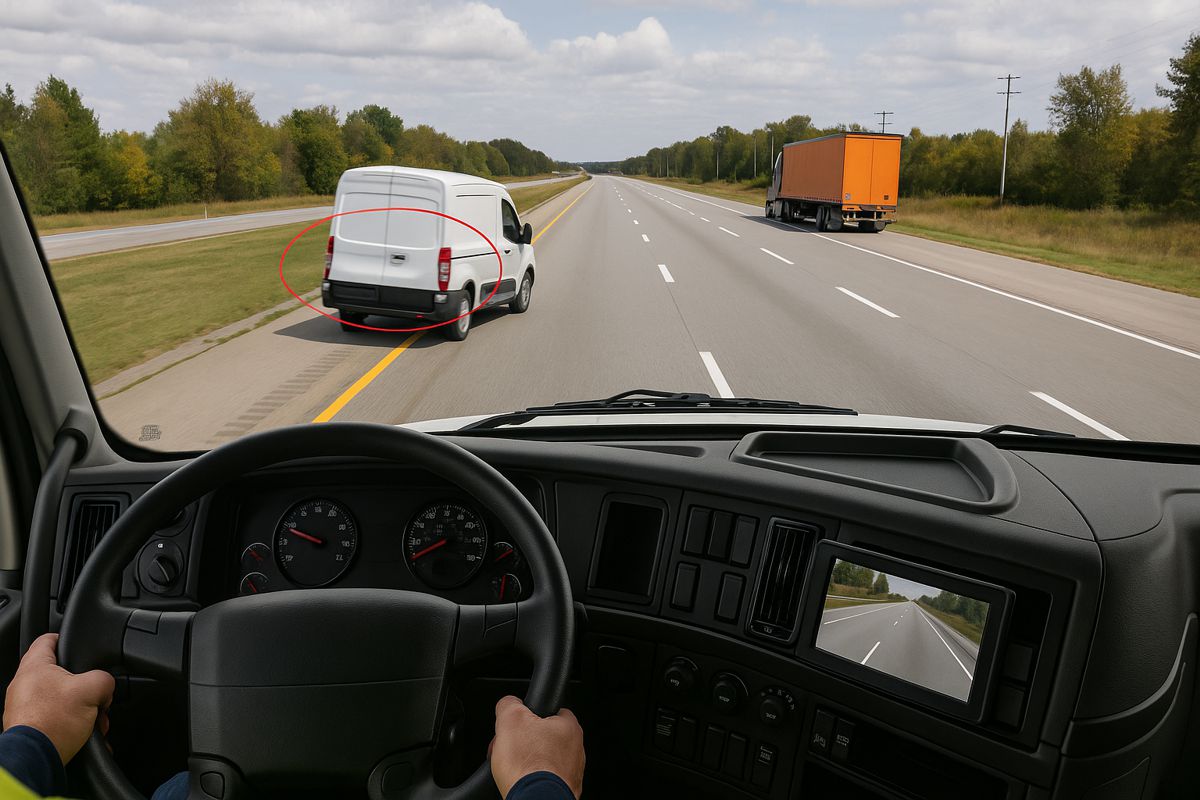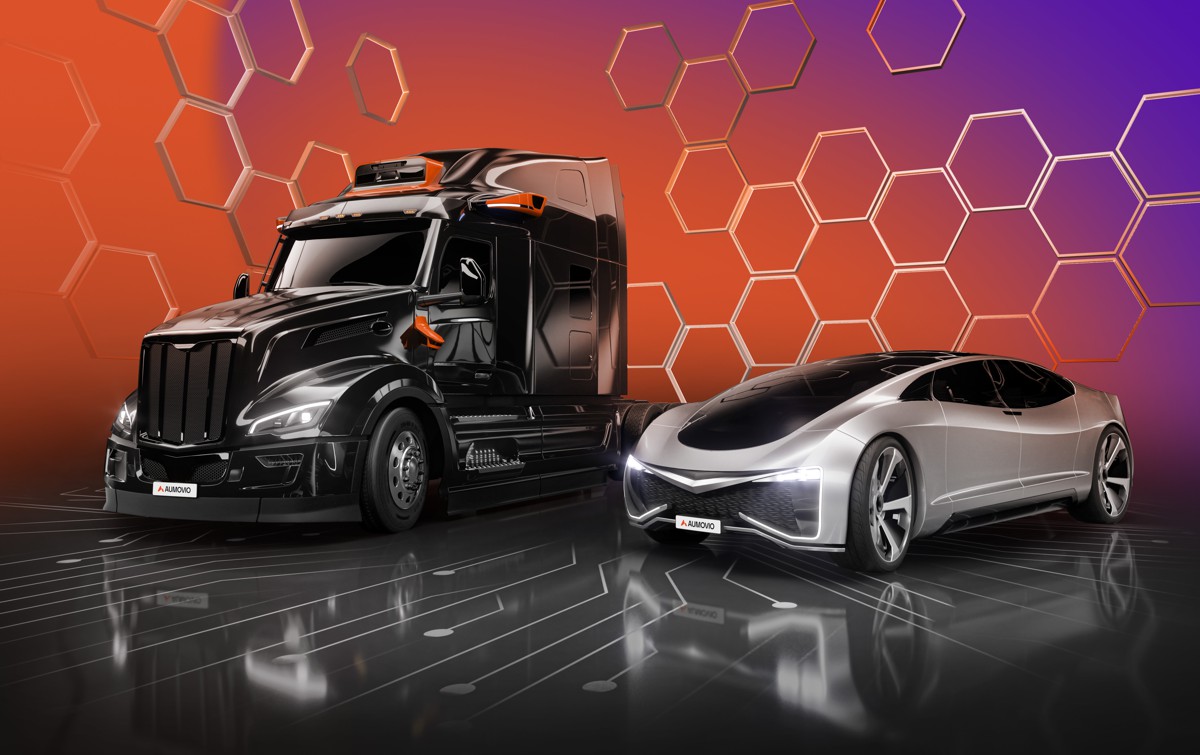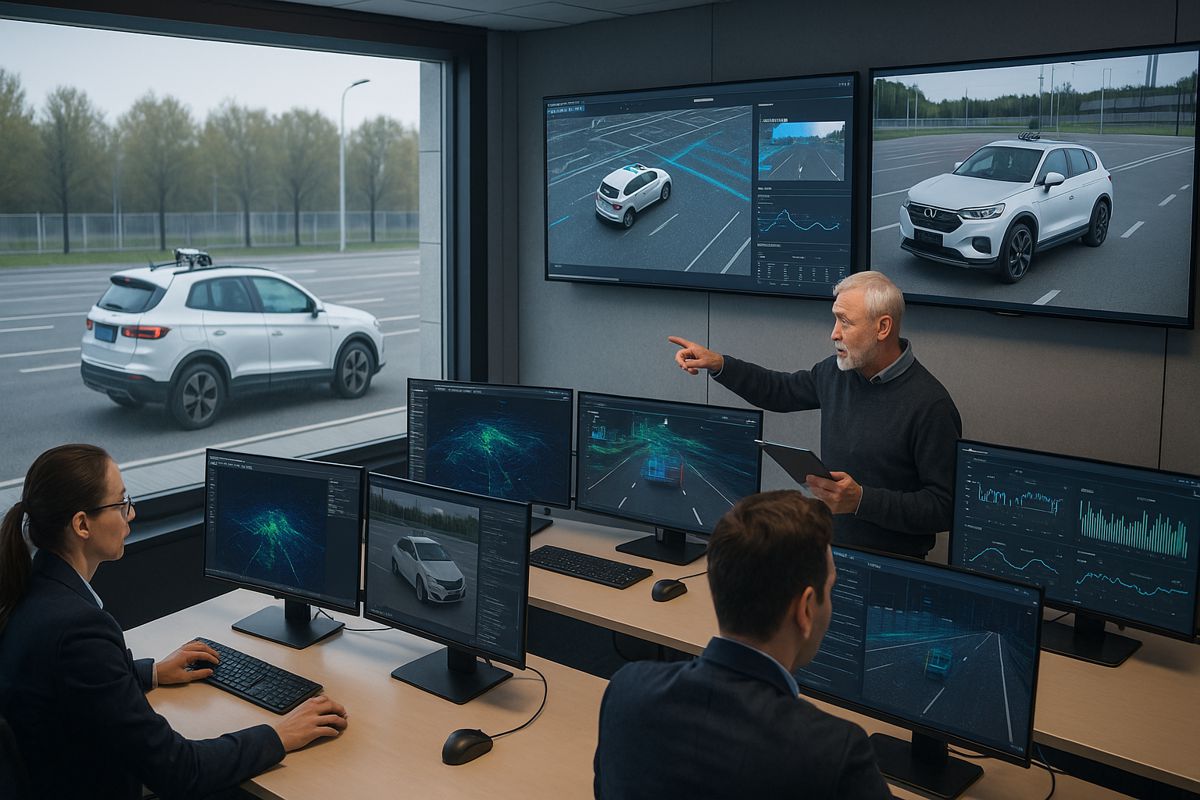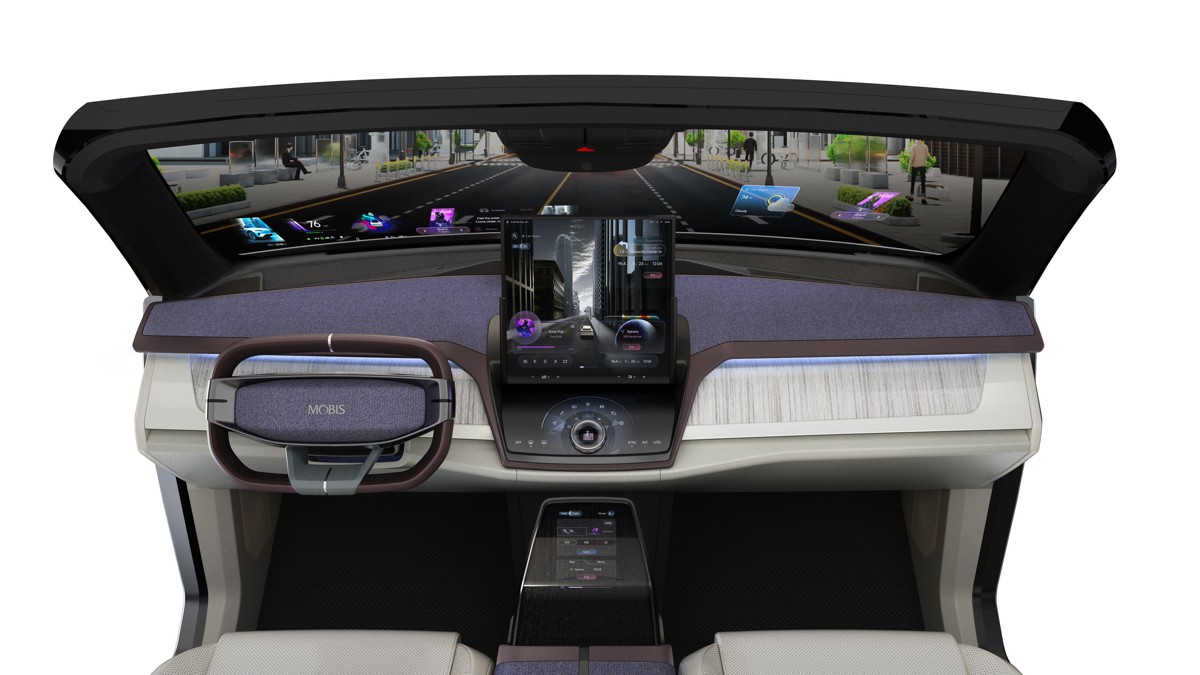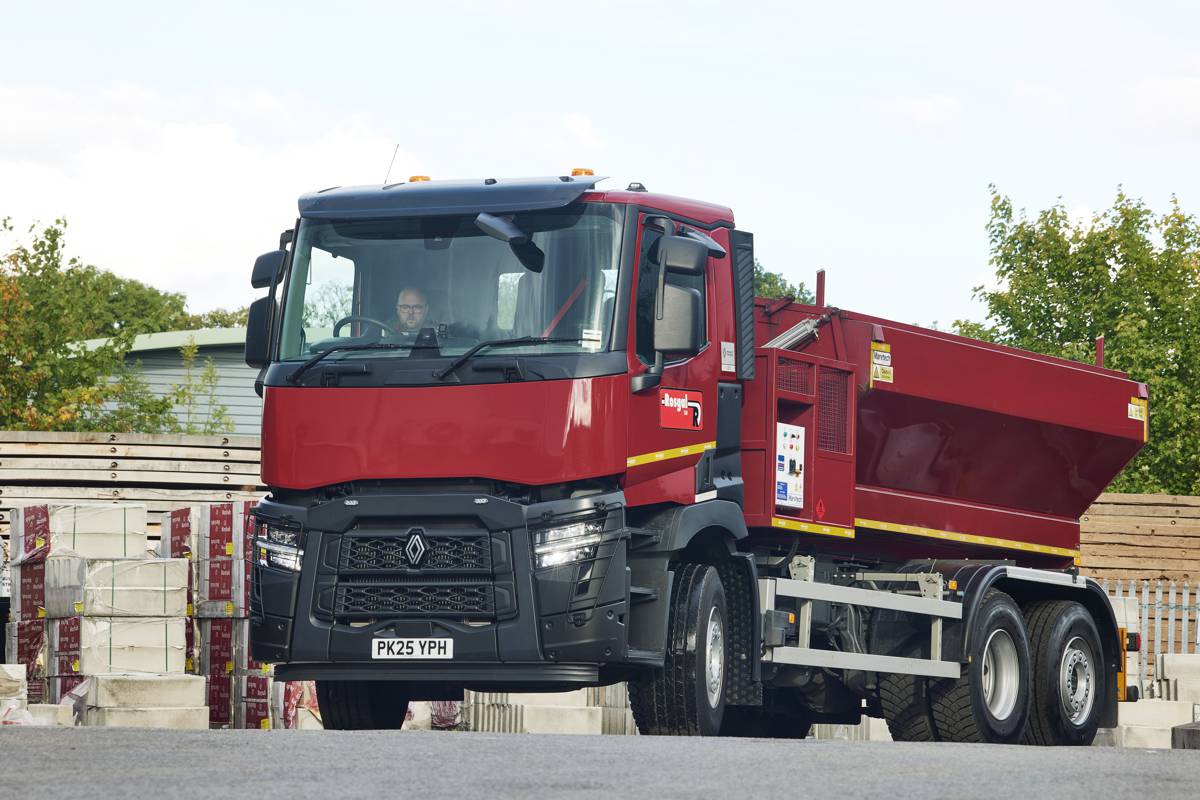The complexity of Electrifying Commercial and Heavy Goods Fleet Vehicles
The transport sector emits a significant proportion of the UK’s greenhouse gas in comparison to other sectors, with government figures showing it is responsible for 26% of the UK’s total emissions. Within the transport sector, HGVs play a prominent role, accounting for 19% of domestic transport emissions- 4.3% of overall UK greenhouse emissions – whilst LCVs are responsible for 16% of emissions. In combination, they emit 34 million tonnes of carbon dioxide equivalent (CO2e).
Electrifying the UK’s commercial and heavy goods vehicles will contribute significantly to a reduction in carbon emissions in the atmosphere, and there is government legislation in place to make sure this becomes a priority in the coming years. Under the zero-emission vehicle (ZEV) mandate, sales of new, non-zero emission HGVs weighing 26 tones and under will be phased out by 2035, and all new HGVs in the UK will be zero-emission by 2040.
But electrifying commercial vehicles is not a simple and swift process. As well as getting the right electric models for the type of journeys a vehicle will be doing, fleet managers also need to think about how they will keep their fleets on the road. This means taking the charging infrastructure into consideration as early as possible.
Why is the conversation around charging infrastructure so important for CVs and HGVs?
If fleet managers do not consider how their electric fleet will charge, investing in a new set of vehicles is futile. These fleets are mission-critical, and company operations are dependent on the vehicles being on the road for the necessary period of time it takes to fulfil its shift duties.
Just like with a petrol/diesel fleet, where drivers must map out where they can stop to refuel on their journey, an electric fleet needs to be able to charge efficiently.
How will electric CVs and HGVs vehicles charge?
National Grid estimates that 70-90% of HGV charging will be done overnight at a depot or destination, which means only 10-30% of charging will be done en route at public motorway and trunk road service stations. This model can work well – HGV drivers are legally required to stop for 45 minutes every four and a half hours, so a quick top-up charge during their journey can easily be factored into a shift.
So where are these charges best placed? A 2021 study by Fraunhofer ISI on behalf of the European Automobile Manufacturers’ Association (ACEA) highlighted some key locations for the upcoming installation of public charge points for electric trucks, determining that the location of stations should be aligned to current operation patterns of vehicles. The study showed truck stop locations are found around highly populated areas and around important industrial areas and major cities, whilst approximately one third to one half of the stops are in rest areas close to motorways.
Can CVs and HGVs charge on the public charging network already in place?
Until now, the low-hanging fruit in the electric mobility transition has been passenger cars and vans – 315,000 pure-electric cars were sold in the UK in 2023 alone. As a result, the public charging infrastructure has, to date, been installed with these particular vehicles in mind, and the UK is continuing to invest in a dramatic build out of public charging infrastructure to support EV drivers. Last October, the UK passed the 50,000 public charging points milestone. 2023 charging statistics revealed a year-on-year growth of 45% in the total number of net new public chargers installed across the country, up from 31% for 2021 to 2022.
This is fantastic progress. But the question is, are these charge points capable of charging CVs and HGVs?
Unfortunately, the infrastructure that is currently located at service stations, forecourts, and other key areas around the UK is not appropriate for charging HGVs, one of the reasons being the size of the parking bays. Consider the size of a hatchback, saloon or family car in comparison to a HGV; the latter will not be able to park in a charging bay that is designed for the former.
Accessibility is an important factor when it comes to installing a charge point for an EV driver, from making sure there is enough room between parking bays to ensuring the cable is long enough to reach the vehicle’s charging port without trailing over the floor or the vehicle. The same applies for CVs and HGVs – if the bay is not long enough for a driver to park in, that charge point becomes redundant, and they have no choice but to continue their search for another charge point, which takes time out of the driver’s shift and may even force them to deviate from their planned route. Ultimately, the simple reality of not being able to park in a charging bay could delay them reaching their destination, which could have serious implications for a business. Commercial vehicles will require dedicated charging infrastructure on the public network.
Getting the right charging infrastructure for CVs and HGVs
We are starting to see positive progress in the electrification of the commercial vehicle market – the number of new battery electric van (BEV) registrations grew by 21% in 2023, and we also saw a rise in new electric LCV and HGV models coming to market. Now, to encourage more fleet managers to see the electrification of their vehicles as a realistic prospect, we need to invest in the necessary public charging infrastructure to support this transition and support fleet managers bring reliable charge points to their depots to compliment the use of the public network.
With vehicles to maintain and legislation to comply with, running a commercial fleet is challenging enough without having to become an expert in electrical infrastructure. Mer, a European EV charging company with over 10 years supporting businesses electrify their fleets, has created a free eguide for fleet managers interested in understanding the process of installing charging infrastructure for commercial and heavy goods vehicles.
Download your copy here.
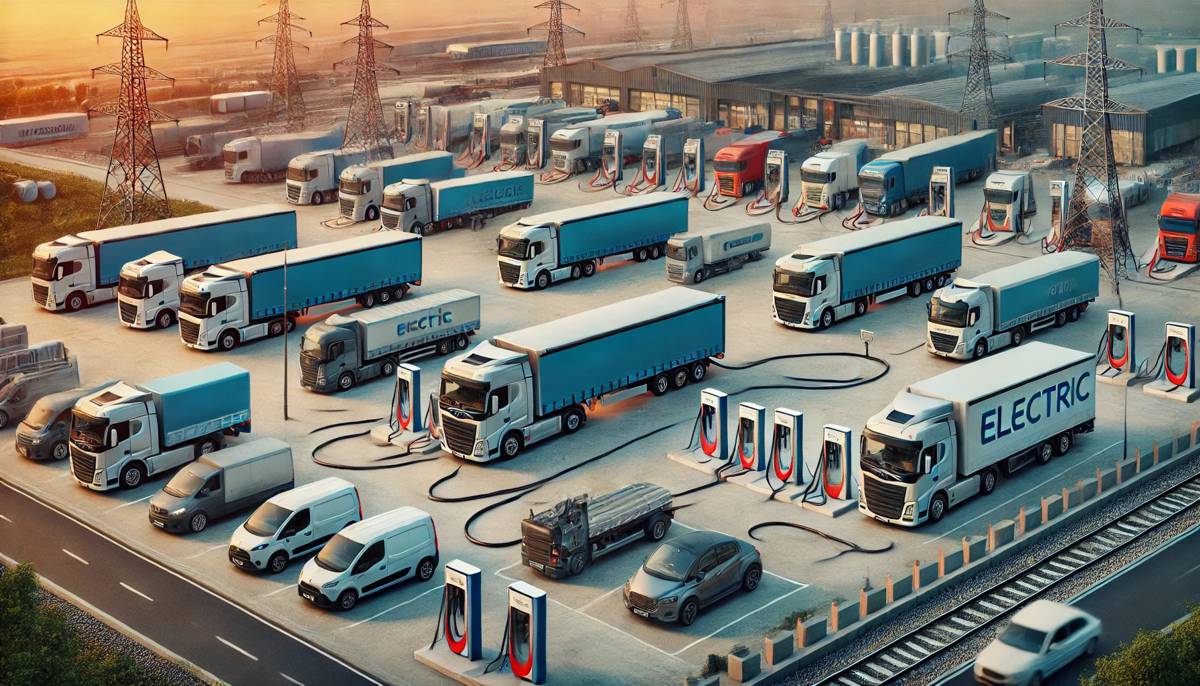
Article by Giles Benbow, Senior Manager for Business and Partnership Development at Mer.











